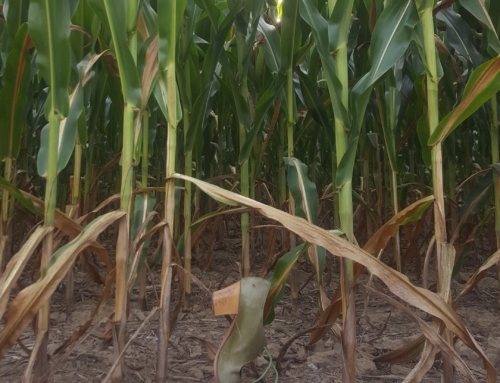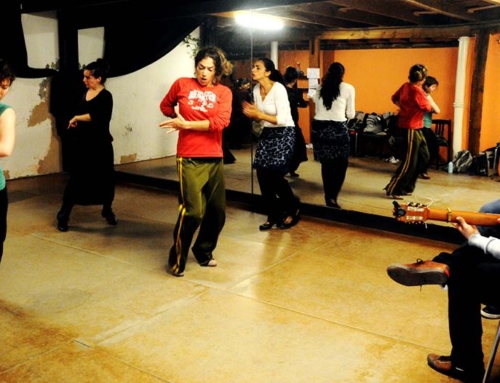Please be forewarned, I very much like bullfights and think they are an important and profound art form. Yes I am a hypocrite because otherwise I am for animal rights, although let’s face it, these bulls live much much much happier lives than animals that are eaten, although that does not make it right to hurt any animal, but it does give some relativity to the politics of bullfighting. So unless you’re a vegan and are anti-bullfighting, please read on with an open mind as I express my recent experiences at bullfights….
| The Plaza de Toros de La Maestranza (The bullring in Sevilla) with the cathedral in the background). (photo: abc.sevilla.es) |
There are two moments I love in bullfights. The first, and most obvious moment from which to be astounded, is the instant before the torero kills the bull. Yes, this sounds like it will be gruesome, but there is something profound when you see the matador line up the bulls feet perfectly (they have to be side by side or else the sword will not enter in the space between the scapula and not pierce the aorta, which will ensure a quick death for the bull), prepare the muleta (red cape used in the last third of the bullfight) in such a way that it looks like a small live animal crouching at the feet of the matador–yet it’s just a piece of fabric, then in an instant the bullfighter and the bull are face to face right before the sword is plunged into the bull, or alternatively the bullfighter is gored by the horns and severely injured. It’s that moment before the contact that astonishes me–there is no trickery, no side swipes–the bullfighter is directly in front of the bull, face to face. He has to attack the bull completely frontally in order to kill it properly. The bull has to be convinced the cape and not the bullfighter is what he is after, and the bullfighter has only an instant to reach the sword forward before he must leap to the side. I guess it’s just that full-frontal confrontation that astounds me.
The second part of bull fights that I love is quite the opposite; when the torero stands completely still, facing the bull, and does absolutely nothing. Nothing but stare at the bull and wait. That in and of itself has to be one of the hardest and most riveting moments of a bullfight, and from those moments I have learned so much about flamenco. The emptiness of nothing happening is one of my biggest fears in a dance; yet those are the moments you remember. Israel Galván once said that the audience is the dancer’s bull. And it’s true in many ways. We are confronting the audience, making ourselves completely vulnerable. I’ve learned about rhythm and pacing from the bullfights. In many ways, the music itself is our bull–as dancers we are able to ‘play’ with the rhythm and the music, weave in and out, just as the bullfighters weave around the bull with their cape. And if we don’t fully command the space, ourselves, and the musicians, the audience will not believe us–we will not be able to transmit anything. It’s that attitude that is so essential to flamenco, and the ability to wait–to not rush through each movement and each section, but to truly experience it. This may seem a bit cheesy, but there is a reason the bullfighting worlds and flamenco worlds are closely linked. In a more concrete way, dances are structured similar to a bullfight, with different sections and each one serving a purpose.
There are many gestures that come directly from the bullfight and the vocabulary used to describe movements are the same. For example, a remate is a culminating step in flamenco that is used at the end of a section of footwork, as a response to a verse of the singing, or to close or open a section of a dance. In the bullfight, it is the end of a series of successful passes with the bull, when the bullfighter turns away with a sort of flourish with his arm to round off the series. Knowing the intention behind this gesture in this context gives a different meaning to a remate for me in flamenco. A remate is any sort of rounding off–it is the word used to mean hem in clothing, but knowing its connection to bullfighting enriches its use in flamenco for me.
There are also many postures that come from bullfighting, and the bullfight is in many ways a dance between the bullfighters and the bull. Yes, it is trickery–tricking the bull into going for the cape, but in so doing the bullfighter creates a sort of pas de deux with the bull. He leads the bull, he decides which way it must go, which way it will turn around him. Sometimes they spin around each other several times before the bullfighter bulls the cape away and finished the pass. That a large animal and a man can move in such unison is incredible.
I’ve been to two bullfights recently, and I have to say, each time I go I understand flamenco a little bit better. Regardless of your opinions on the politics of bullfighting, it is an important influence on flamenco and the art forms are closely related. I don’t know as much as I would like to about bullfighting, it is a complex art form with much history and symbolism, along with its own dictionary of terminology. Little by little I am learning more.
The spanish wikipedia page has a good basic overview if you speak spanish: http://es.wikipedia.org/wiki/Corrida_de_toros
The english version is not as detailed or orientated towards the art form, but here is the link:
http://en.wikipedia.org/wiki/Bullfighting





Leave A Comment